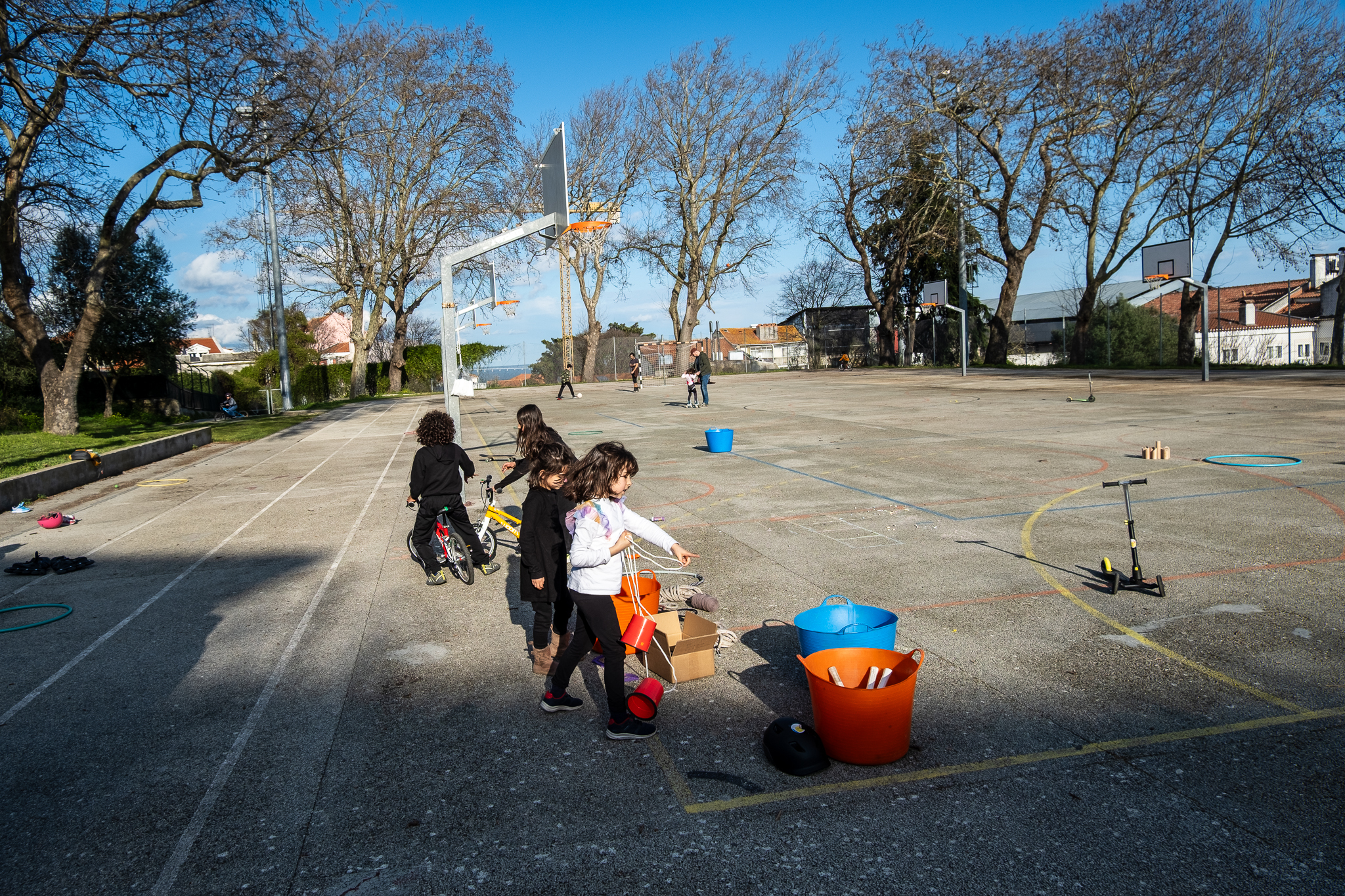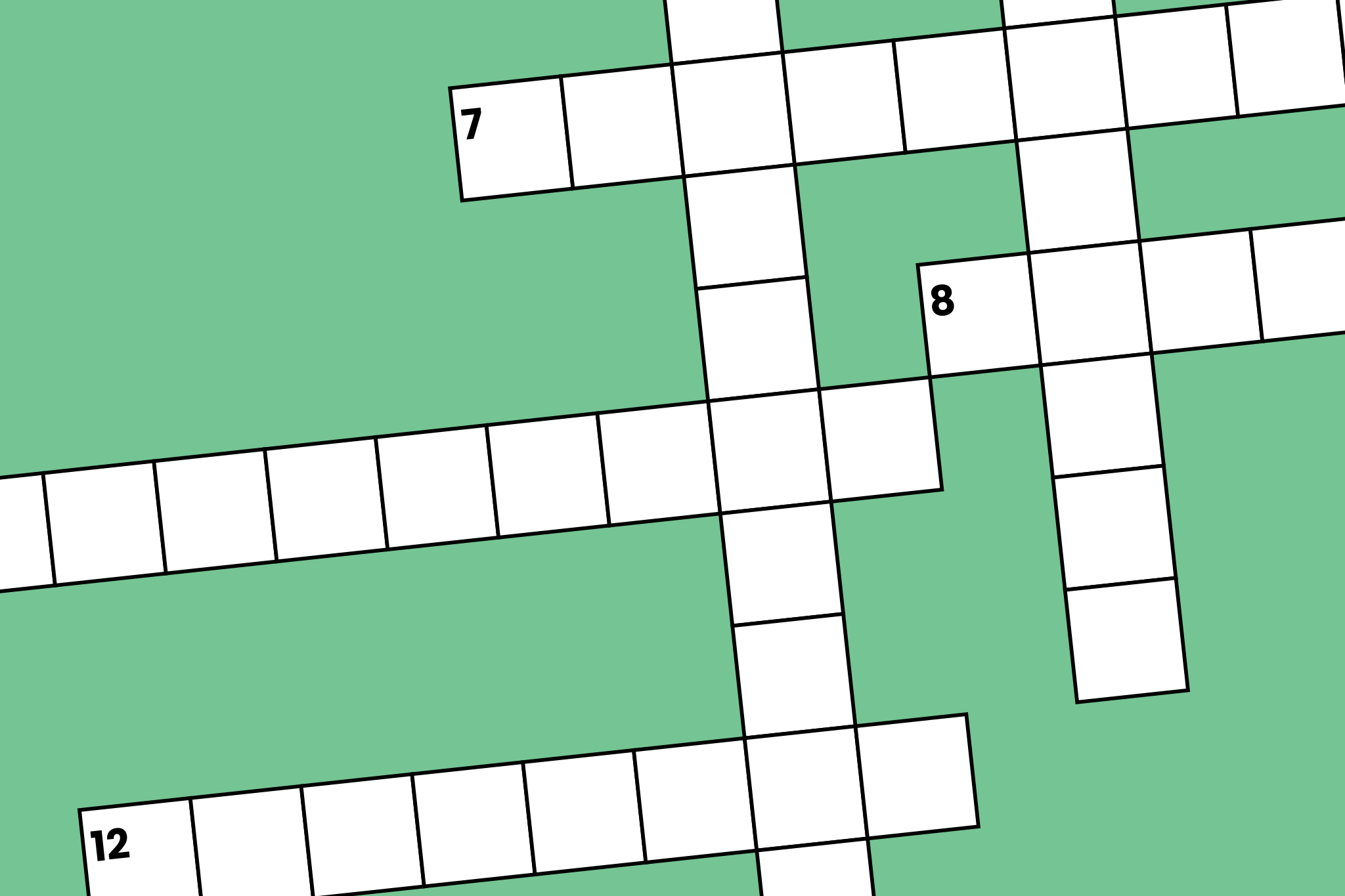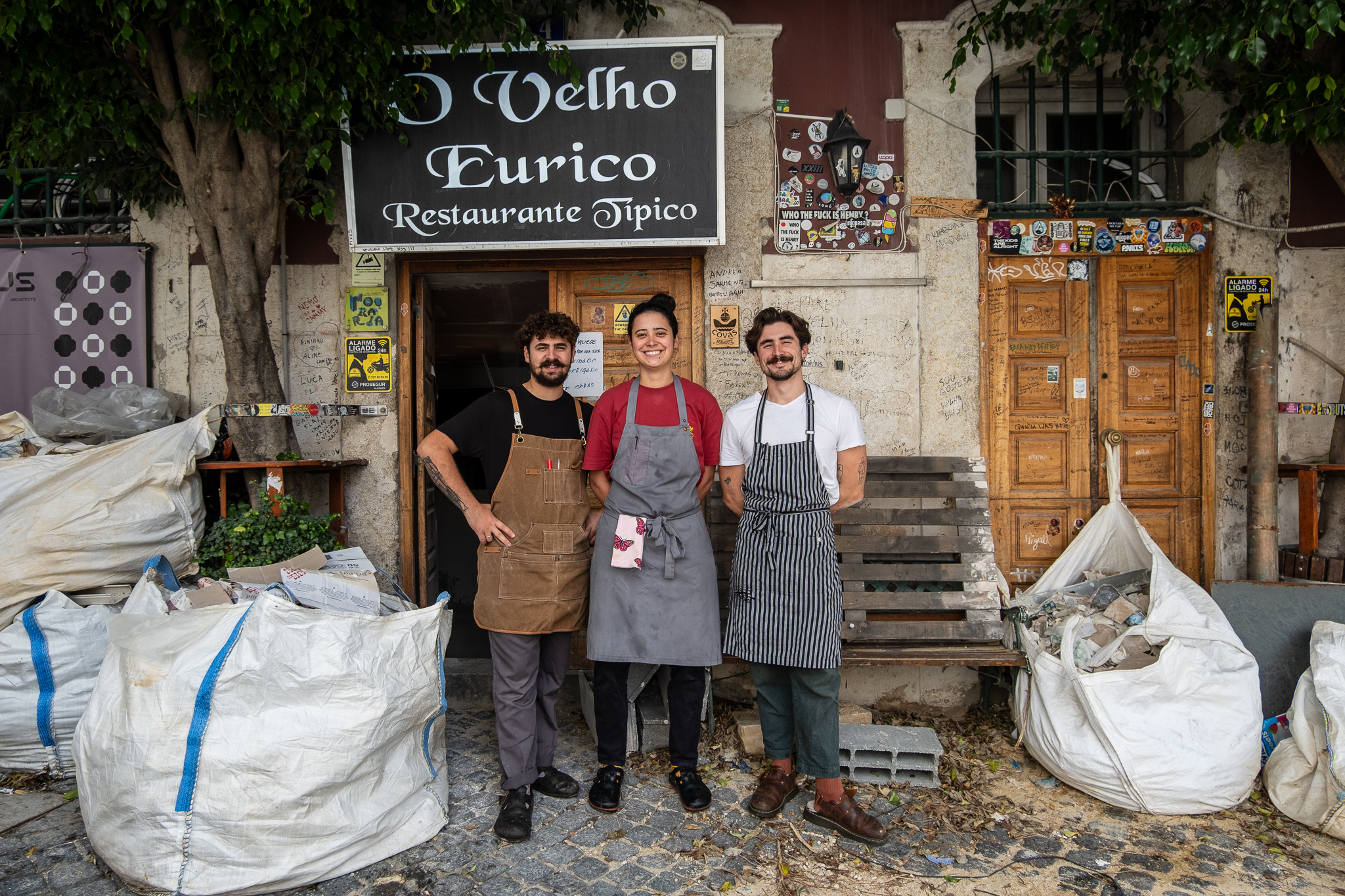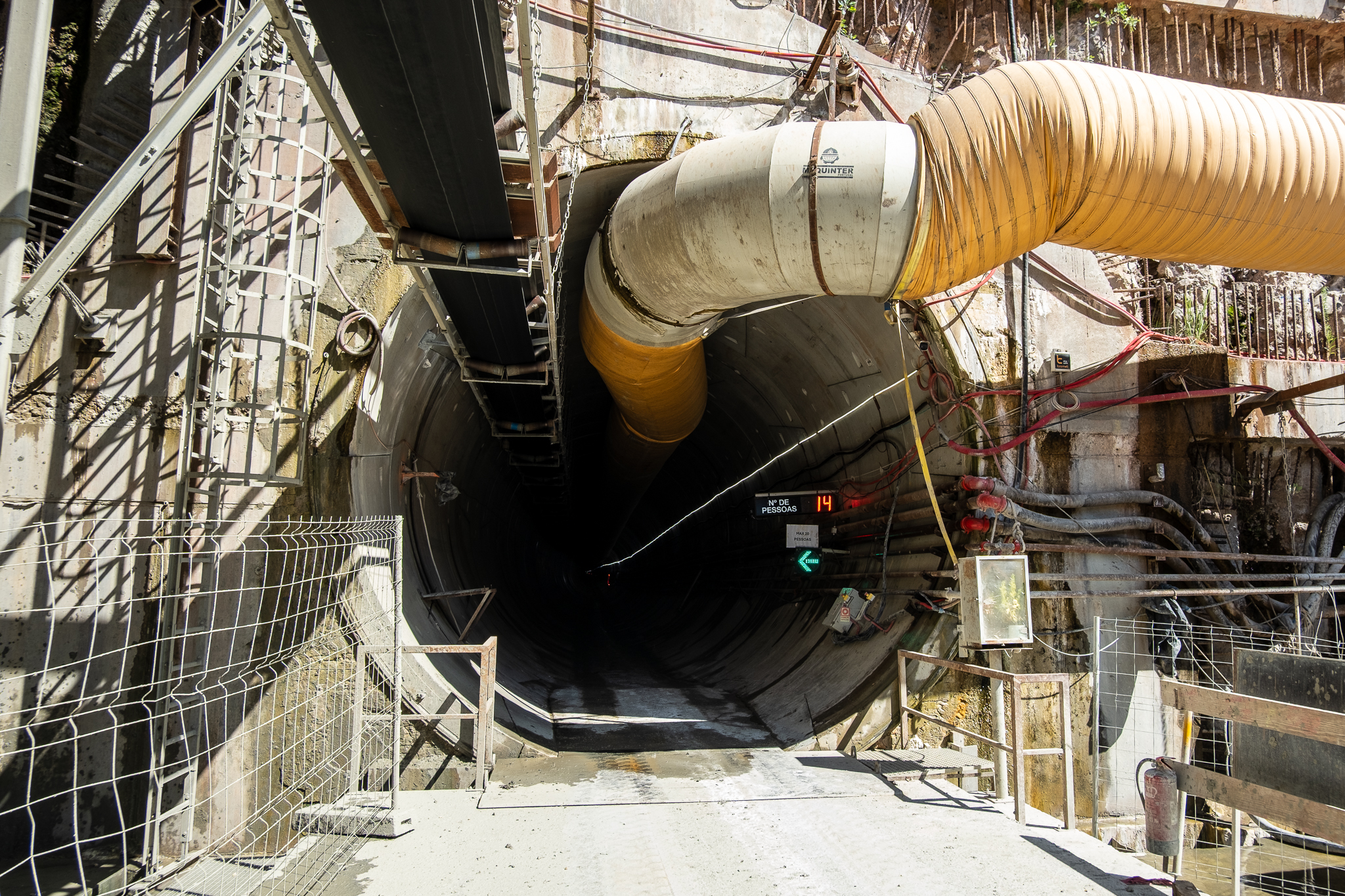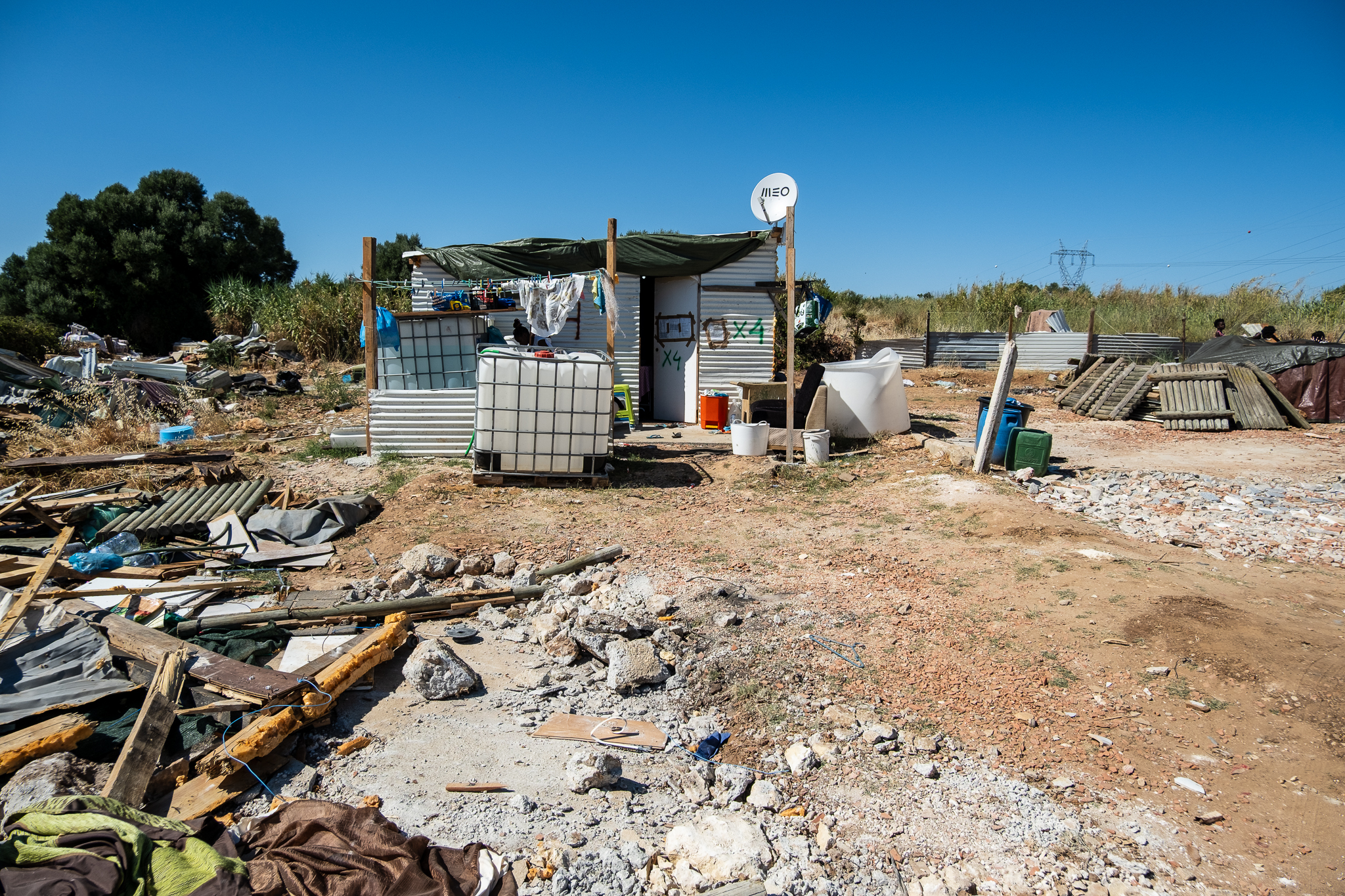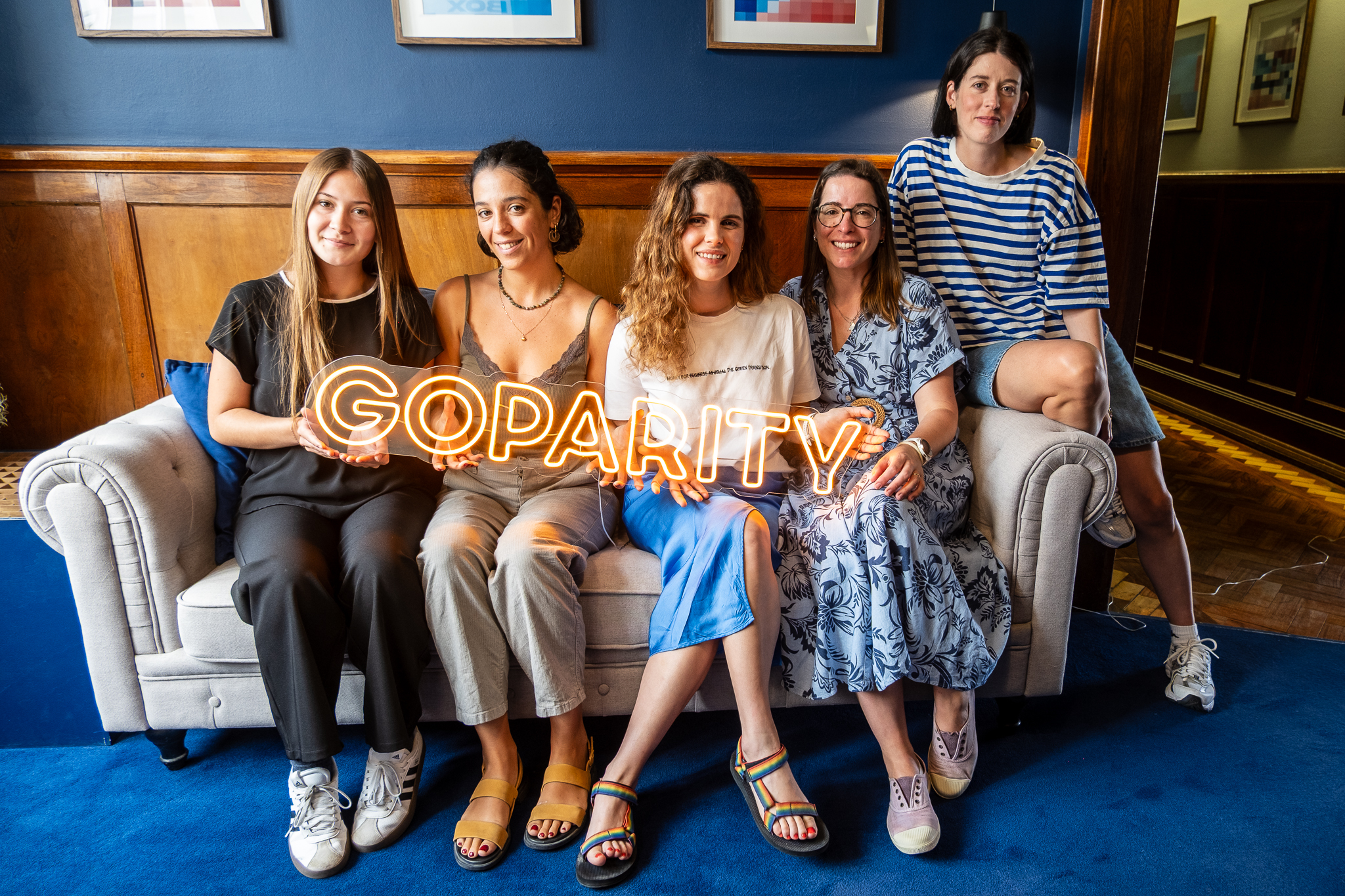A 380-meter section of the BUS corridor on Rua da Junqueira, in Belém, was removed at the beginning of October. Lisbon City Hall is studying the flow of buses, streetcars and cars in general on that street in order to decide, with concrete data, whether or not those BUS meters will return at the end...

With no metro line serving the western part of the city, and although there is a train, buses and the Carris 15 streetcar are the mobility option for many people who want to get to Belém or who travel from here to the central part of the city. And Rua da Junqueira, which starts next to the Coach Museum and connects to Rua 1º de Maio - already in the neighboring parish of Alcântara - offers a BUS corridor that has been segregated for several years, providing fluidity for public transport.
In 2018, this BUS corridor had been extended for the final 380 meters of Rua da Junqueira on the Belém sideThe extension of the Belém to Alcântara road, where there was and is no room for a segregated channel for public transport, coexisted with two directions of general traffic. The extension was only made in one direction - from Belém to Alcântara - while the opposite direction remained a mixed traffic route.

This 380-meter stretch was dismantled at the beginning of October. In other words, the buses and streetcar 15 that enter Rua da Junqueira on the Belém side now share the road again with all other vehicles. For the time being, this is a test - or a "diplomatic solution" which, in the view of Gonçalo Matos, coordinator of Vizinhos de Belém, is "fundamental to resolving a conflict that was growing from a local point of view". Those 380 meters were controversial from day one.
A "diplomatic solution"
Gonçalo testifies that "the first complaints" resulted from the fact that the BUS corridor was "implemented at night - the [city council's] vertical and horizontal signaling brigades usually work at night, when there is less traffic - without prior warning". E, "by coincidence or not", some people "were unlucky enough to be fined for unduly entering the BUS corridor" the very next day.

But if the situation for residents "was being digested" and resolved with new signage, on the other hand, the Belém Parish Council "took a position, with the knowledge he claims to have of the local territory, that the BUS corridor had not changed anything that was happening on Rua da Junqueira, in other words, that there was no need for it". Gonçalo explains that "The City Council didn't accept that position, but it also never countered it with data that said that the BUS corridor was absolutely fundamental. I don't think that helped convince people of the importance of that BUS corridor either".
It wasn't the first time this section of the BUS corridor was removed. In 2004, when the Lisbon City Council then chaired by Carmona Rodrigues implemented the segregated corridor on Rua da Junqueira, it also did so in those final 380 meters where there was no segregation; due to the influence of the Parish Council at the time, the final section was eliminated a few weeks later, a situation that continued until 2018.
The controversial return of these BUS meters to Rua da Junqueira gave rise to a petition among local residents, which was delivered with 214 signatures to the Municipal Assembly in January 2020. On text of the petitionIt was alleged that the extension of the BUS corridor was done without the knowledge of the local population and the Parish Council, and that in that section "there have never been any constraints" for buses and streetcars. It was complained that the alterations made to Rua da Junqueira had led to a transfer of traffic to Rua do Embaixador, a small residential street of 30 km/h, with a single traffic lane; this street, parallel to Junqueira, allowed drivers to bypass the section of the BUS now eliminated. "In other words, a situation of heavy traffic was created on a street that was practically deserted. A local street, very small"Gonçalo explains.

Another alternative that came to be used was Avenida da Índia, which, according to the petitioners, led to queues on Rua Mécia Mouzinho de Albuquerque, which connects this avenue to Rua da Junqueira (in the section where there is already a segregated corridor and two-way general traffic). The petition also spoke of "enormous constraints" next to the Coach Museum, at the intersection of Calçada da Ajuda, Rua da Junqueira and Praça Afonso de Albuquerque.
Miguel Gaspar had pledged to "study" the situation
The petition in question was examined by the body's 8th Standing Committee, which is responsible for "Mobility, Transport and Safety" issues. In this analysis, the aforementioned Commission, made up of municipal deputies from various parties, heard a representative of the petitioners, the President of the Belém Parish Council, Fernando Ribeiro Rosa (PSD), and the Councillor for Mobility at the time, Miguel Gaspar (PS), responsible for the intervention in Junqueira.

The work of evaluating the petition culminated in November 2020 in a report e in two recommendationsIn January 2021, these were approved by a majority (with the favorable votes of the PS) by the Municipal Assembly and were addressed to the City Council. This entity was asked to "evaluation of the implementation of the Bus Corridor, assessing its effects on the commercial speed of public transport, traffic volume and safety on Rua do Embaixador"reporting the results to the Assembly and the petitioners; and that "development of projects with an impact on local mobility"This was done with the active involvement of the population and parish councils, "directly and indirectly targeted".
In the discussion of the report and the two recommendations, Miguel Gaspar, responsible for the implementation of the controversial BUS section, admitted "study" the situation and, in particular, work to "protect traffic on Rua do Embaixador without jeopardizing the Rua da Junqueira corridor". He said that "seeing the city as a whole"because, "on a public transport line, the impact of one minute at the start of the line is one minute more at the end of the line".

The streetcar runs along Rua da Junqueira 15which connects Praça da Figueira to Algés, and four bus routes - the 727 (between Restelo and the Roma-Areeiro train station), the 751 (between Linha-a-Velha and Campolide station), the 714 (between Alfragide and Praça da Figueira) and the 732 (between the Caselas neighborhood in Belém and Marquês de Pombal). According to Miguel Gaspar, before the pandemic, in January 2020, these routes carried "more than 40,000 passengers a day"Rua da Junqueira "impacts almost 10% of what Carris' demand is on a normal working day".
In response to the protest, Lisbon City Council immediately put up additional signs on the BUS lane, allowing residents with garages to drive on that street. This exception reinforced another that already existed: the possibility for all vehicles to circulate in this BUS lane between 9 p.m. and 7 a.m. the following day and also at weekends.

The subject of Rua da Junqueira had already come up at a town hall meeting in 2019. At the time, Miguel Gaspar defended the corridor saying which "When people rightly ask us for regular and punctual public transport, we have to accept the measures that come with it, such as an adequate network of BUS lanes"and pointing out that the definition of these corridors is the responsibility of the Lisbon City Council. "Unequivocally that corridor must exist, that's my position and I won't change it as long as I'm a councillor in this House."
More recently, this year, at a decentralized public meeting, the current Councillor for Mobility.., Ângelo Pereira, admitted concern about the possible withdrawal of the BUS corridor. "Apart from the BUS corridor, public transport will increase time"he said, adding that he would visit the site to "see the situation in situ, on the street", e "trying to find an intermediate solution" that would not jeopardize the competitiveness of public transport.
Evaluate with before and after data
But even acknowledging the importance of dedicated public transport channels, the 380 meters of BUS that had been added to the Junqueira corridor in 2018 have been removed. It's just a test; the idea is to see whether or not the elimination of that small section of the BUS, which only existed in the Belém-Alcântara direction, will have an impact on the speed and punctuality of Carris and how a better solution can be created that makes all the wishes compatible. Gonçalo Matos believes that that section of the BUS corridor "it was badly explained, badly warned and badly signposted at the start" and that "since it wasn't agreed before, it has to be agreed now after the fact". That's why he and the Bethlehem Neighbors are looking forward to this "good decision". "Let's see what the data says and decide based on that"says.

"Honoring the petition's weighting report that was presented at the Municipal Assembly, the position of the technicians from the Municipal Mobility Department and also the position of Carris, what the City Council has committed to doing is to deepen and study this situation; and this can only be done by measuring waiting times [of the buses] and traffic volumes [of Rua da Junqueira and its surroundings], with a BUS corridor and without a BUS corridor."he detailed. "Before removing the BUS lane, the council informed us that it had not only recorded the flow of Rua da Junqueira in the Belém-Alcântara direction, as well as in the opposite direction, but that it had also made two trips to the site with officials from the Municipal Mobility Department, Councillor Ângelo Pereira himself and the Parish Council."
That stretch of Rua da Junqueira will be without a BUS lane for the next three months. "We removed the vertical and horizontal signs to see how the street behaved and, in the end, decide. If it proves that the point made by the Parish Council and the residents was correct, i.e. that the one-way bus lane has no significant impact on traffic in Rua da Junqueira and, on the other hand, it relieves a lot of the streets that have been damaged, then the solution will become definitive. If it proves otherwise, the corridor will be reinstated."

On the Belém parish council's side, the removal of these BUS meters and the return of two-way traffic for all vehicles on Junqueira has been "good news"I am confident that the decision will be final. "Since the implementation of the Alcântara-Belém one-way street (except for public transport), the Belém Parish Council has been fighting for the reversal of this decision, which for several years had brought countless traffic constraints", can be read on the Junta's Facebook page, in a statement of October 1st. In a communiqué to the same publication, the President of the Junta, Fernando Ribeiro Rosa, wrote that "the stubbornness and autism of the previous Lisbon City Council, especially former councillor Miguel Gaspar, has been overcome for the good of us all".
The bigger picture
The problem with that section of the BUS was not only the residents' garages - but this was quickly taken care of with the exceptions - but above all the accesses to the Egas Moniz Hospital and also to the Lusíada University; it would be this traffic that would be overloading streets that should be for local traffic. However, the future vision for Rua da Junqueira is of a high-capacity BUS corridor, continuous between Algés and the city center. The project to resolve the discontinuities exists and was about to go ahead, but was initially blocked in Alcântara before reaching Belém.

It is certain that this mega-axis would be similar to the one that already exists in the Benfica RoadIn other words, priority would be given to public transport with occasional exceptions, assessed on a case-by-case basis, which would allow access to residents, universities, hospitals and other essential services.
The super-corridor would start in Algés, at the Rua de Pedrouços, and would always follow its adjoining ones: Bartolomeu Dias Streetin the Restelo area; then Empire Square and the Belém Streetin the monumental area; then follow the Junqueira Streetwhere there is already a large segregated canal; in Alcântara, in the Santo Amaro area, it would continue through the Rua 1º de Maio until Calvary Square; from there he would follow the Fradesso da Silveira Street and connect to 24 de Julho AvenueIt would run along a dedicated, uninterrupted channel to Praça do Comércio. In essence, it would follow the current line traveled by streetcar 15, allowing this service - the closest thing to a surface light rail that we have in Lisbon - to gain speed and competitiveness.

For Gonçalo Matos, all this discussion that has been generated around "a specific section of a one-way BUS corridor" is a "missed opportunity" to see "a little more than just vertical and horizontal signage". "It's hard to understand how a city council, which has accumulated different projects for that entire axis, suddenly focuses all its energy on such a specific issue" and don't do it, "at least a status report on the projects that are planned for Rua da Junqueira and for that whole rapid public transport axis".
For the head of Vizinhos de Belém, it would be essential to talk about reinforcing routes in the western zone - "which is very poorly served by public transport" -, "in particular, routes that take advantage of fast connections to the metro and train". The creation of the BUS super-corridor mentioned above should also be an objective, along with changes to the intersections on Avenida da Índia, in order to relocate all the through traffic that is currently forced to pass through neighborhood streets.

